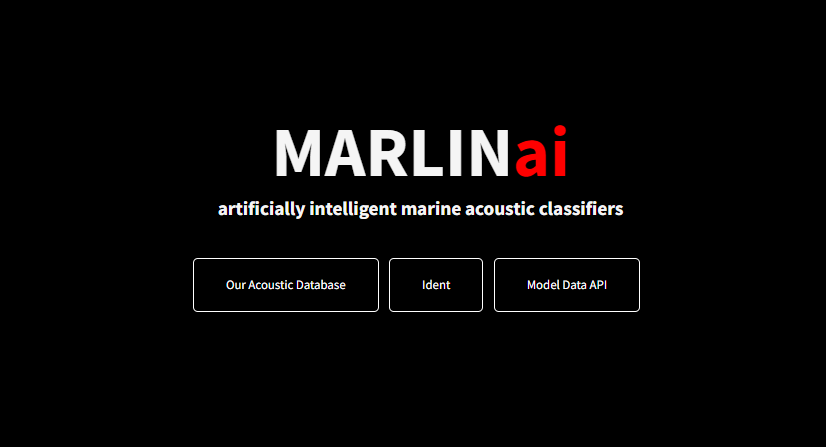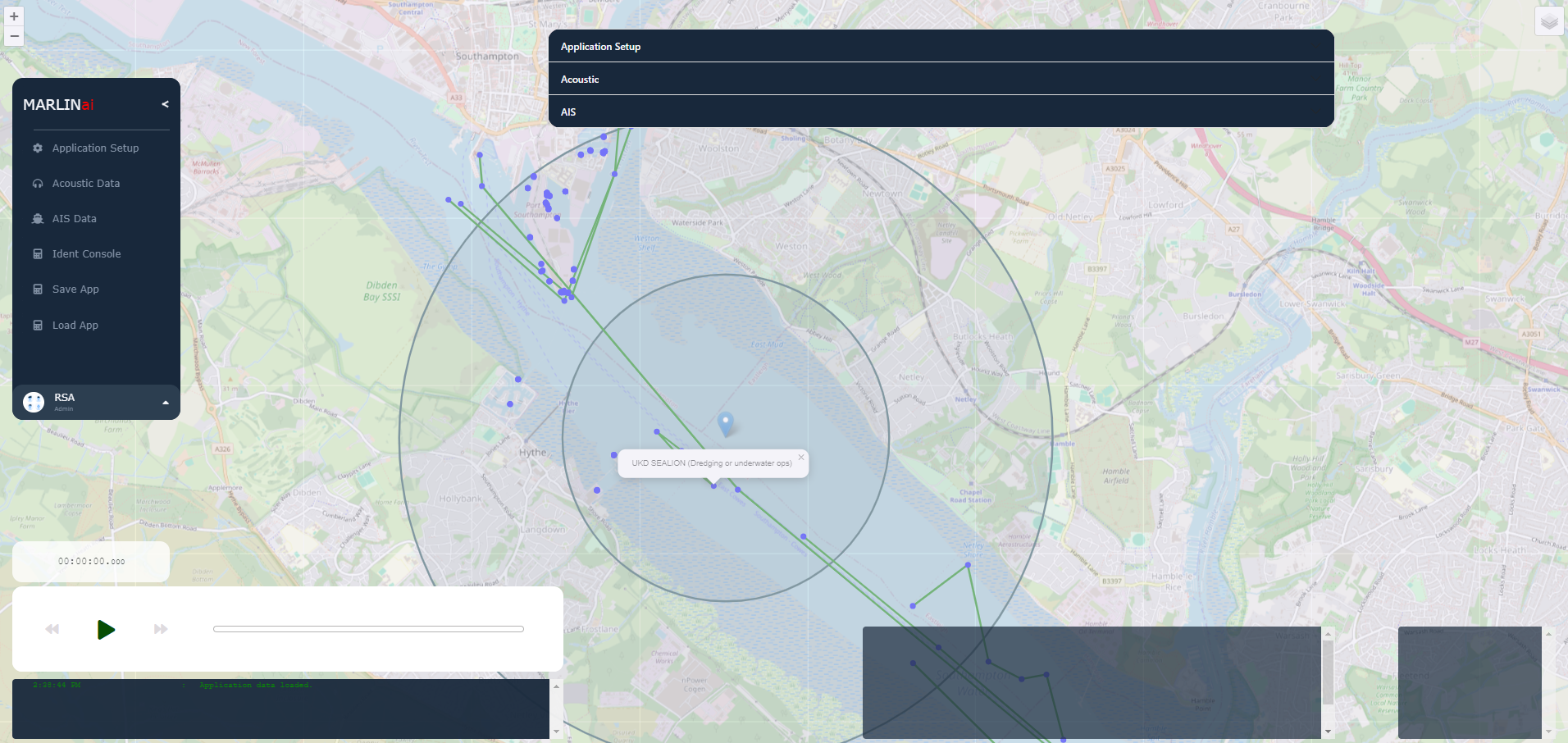The future of ocean monitoring takes an exciting turn as new developments in Project MARLIN mean that we can now correlate underwater noise signatures with what we know about vessel traffic on our waters. The project was launched last summer in collaboration with the University of Southampton and funding from Innovate UK, with the goal of developing new ways to monitor and protect the underwater environment from the negative effects of human activity—specifically to support conservation efforts and gather real-time intelligence on remote areas of the ocean by differentiating and labeling ambient and environmental noise.

(Image Credit: RS Aqua)
Unveiling New Insights
Since launching, we have deployed sensors along the UK coastline to gather baseline underwater acoustic data using an intelligent network of sensors and cloud connectivity. This data can be matched with Automatic Identification System (AIS) data, which provides valuable information about a vessel’s position, course, and speed. Originally designed to prevent ship collisions at sea, AIS data can now teach machine-learning models to recognize different underwater sounds when matched with acoustic signatures. Taking it a step further, this innovative software enables real-time data visualization on a geographic information system (GIS) platform and acoustic data labeling.
Debuting the software at the Underwater Sound Forum on the 18th of April 2024, Dr. Ryan Mowat, Director of Innovation at RS Aqua, elaborates on the significance of this advancement: “The new MARLIN software application represents a shift in ocean monitoring technology. For the first time, we can identify potentially illegal vessel activity in real time using underwater noise. This capability will enhance our understanding of ocean ecosystems and strengthen efforts to combat unregulated fishing.”
Spot the Difference
When we know who was where, when, and what they sound like, we have the potential to identify and track illegal unreported and unregulated (IUU) fishing activity. Illegal fishing poses a significant threat to marine ecosystems and the livelihoods of coastal communities worldwide. By integrating historical acoustic data with vessel traffic information, Project MARLIN empowers authorities to pinpoint suspicious vessel behavior and take timely action to prevent or halt illegal fishing activities.

(Image credit: RS Aqua)
As we continue to push the boundaries of ocean monitoring technology, our team is working to integrate advanced artificial intelligence (AI) algorithms into the MARLIN software that will reduce the reliance on manual intervention, allowing for real-time monitoring and response. These AI algorithms will enable automated detection and analysis of acoustic signatures associated with different marine activities, including vessel movements and underwater anthropogenic sounds. By leveraging machine learning techniques, the software will learn to distinguish between several types of vessel traffic and detect anomalies indicative of illegal fishing practices.
Project MARLIN is committed to pioneering innovations that address the most pressing challenges facing our marine environments. This software is the first of several new technologies expected to be released from the project.
We are thrilled to continue our collaboration with Innovate UK and the University of Southampton in driving forward the MARLIN project, and we are confident that these advancements will have a profound impact on ocean monitoring, security, and conservation efforts worldwide,” said Martin Stemp, Managing Director RS Aqua.



